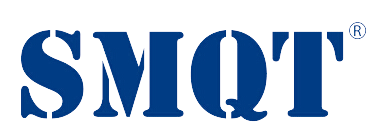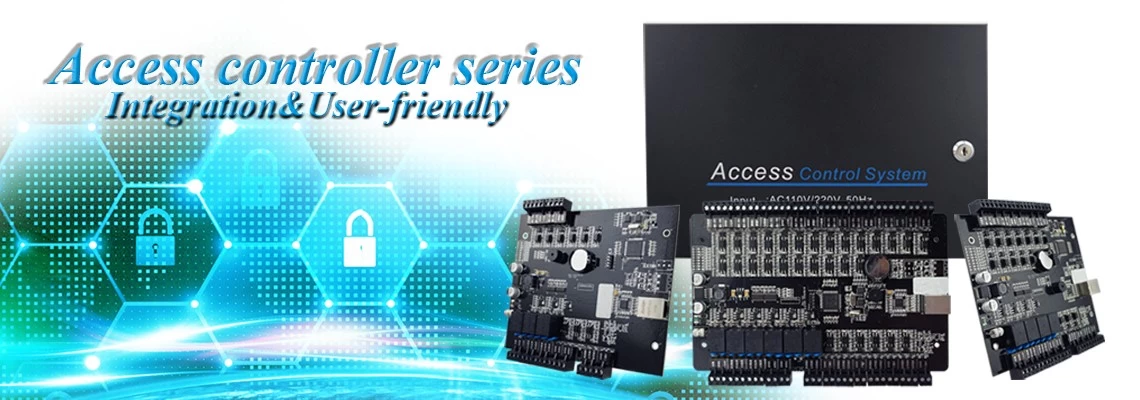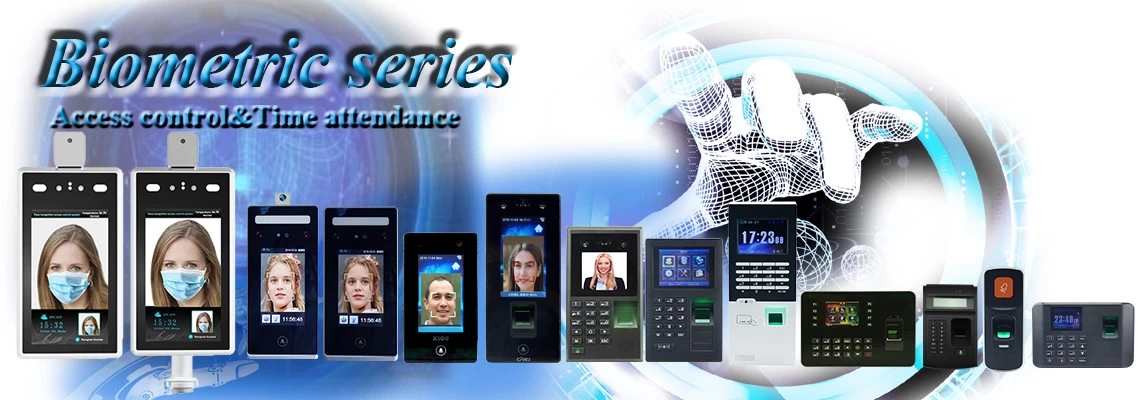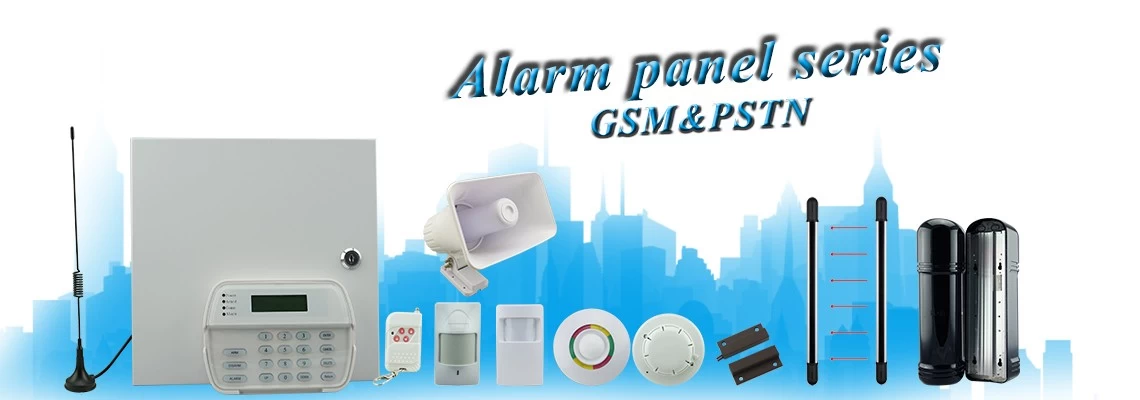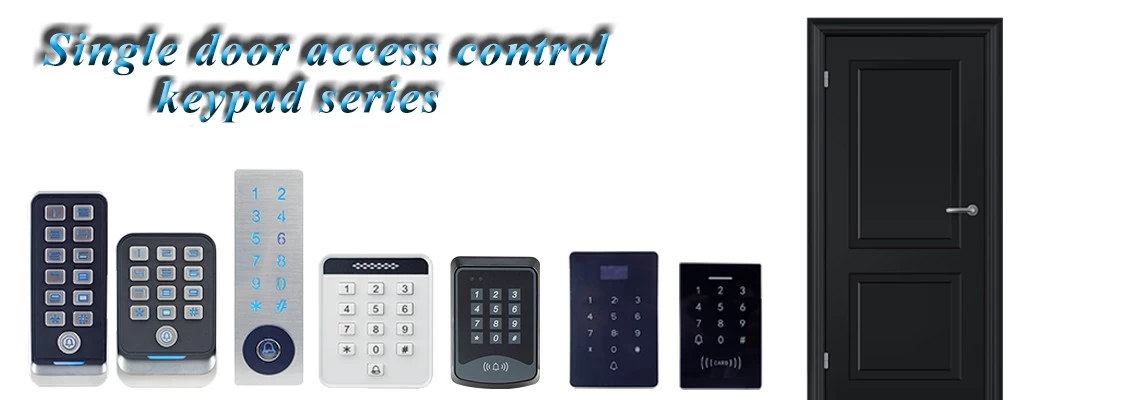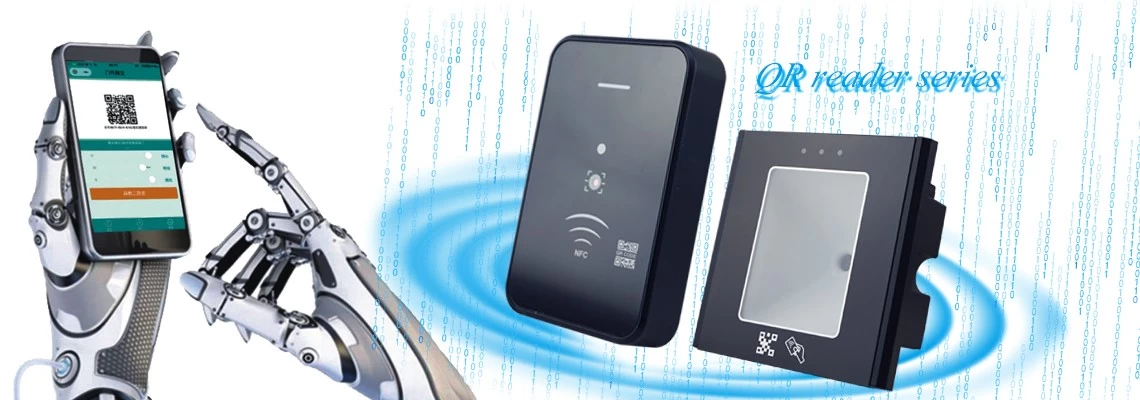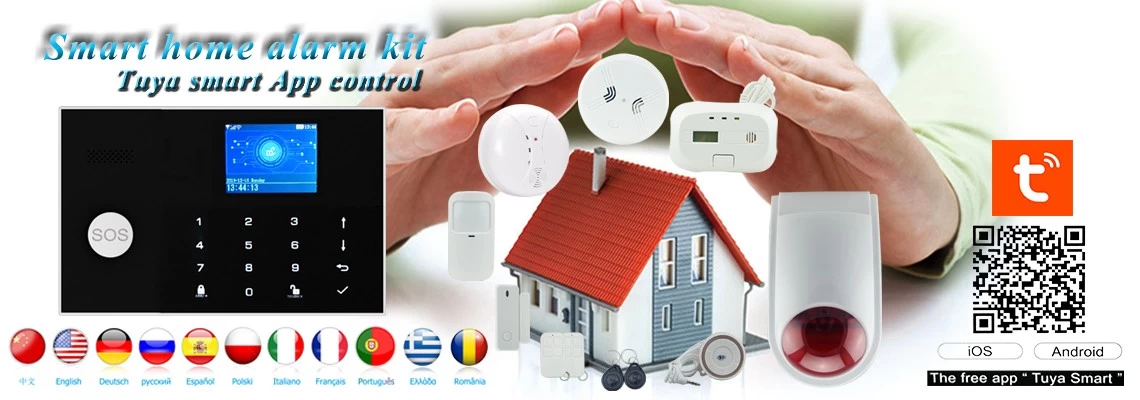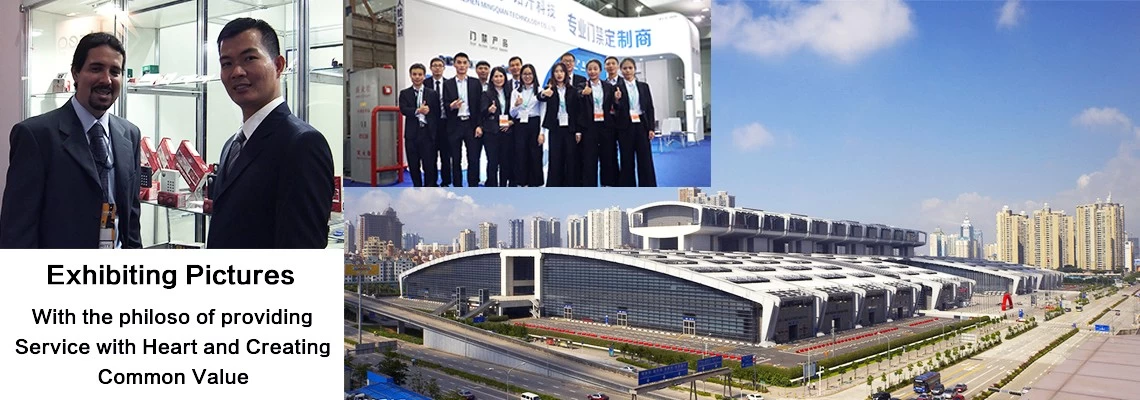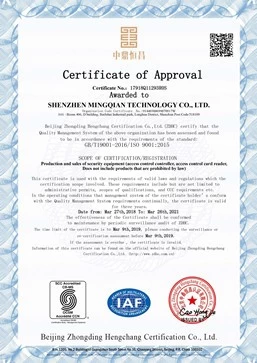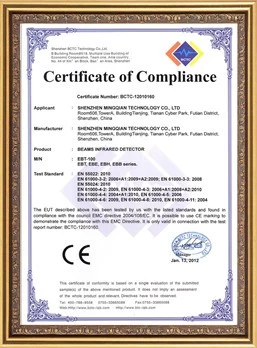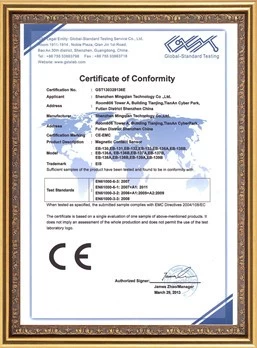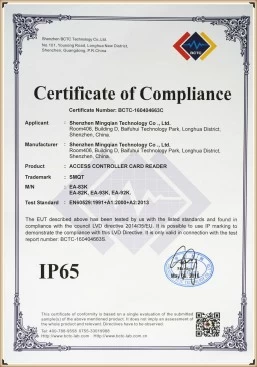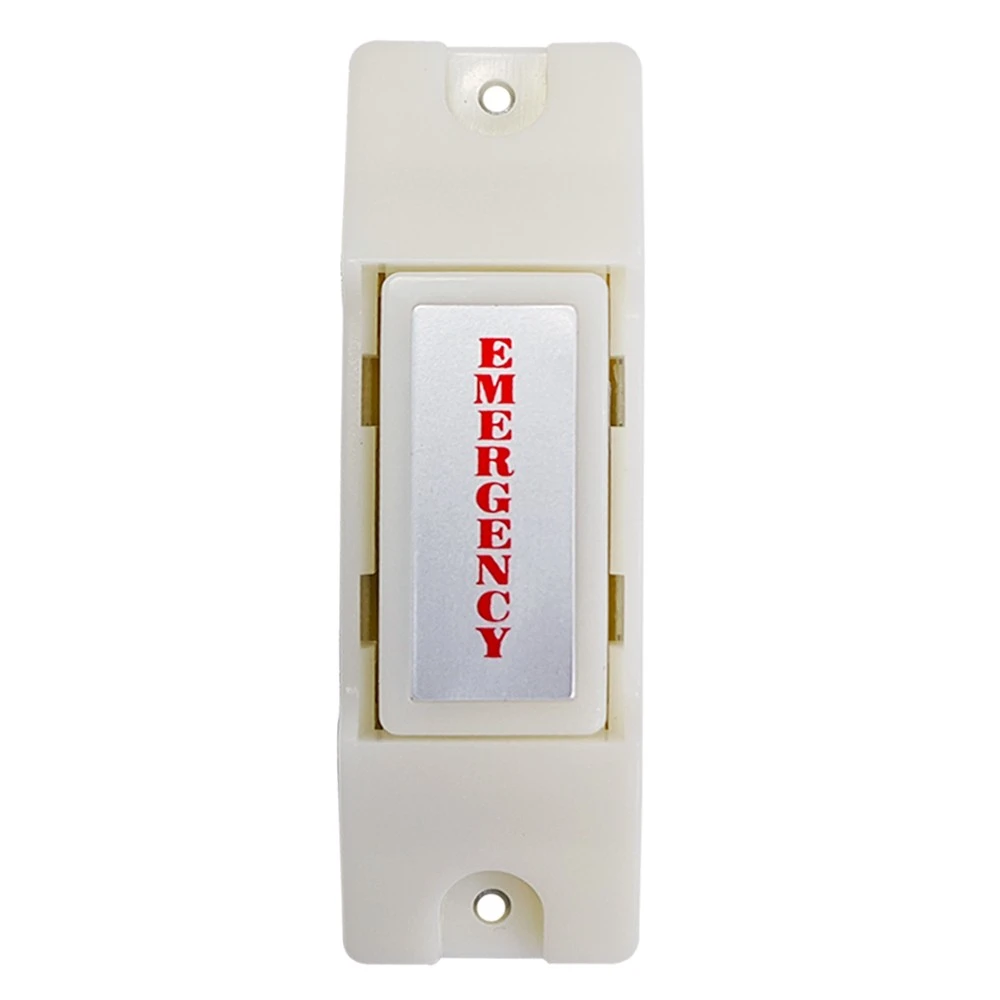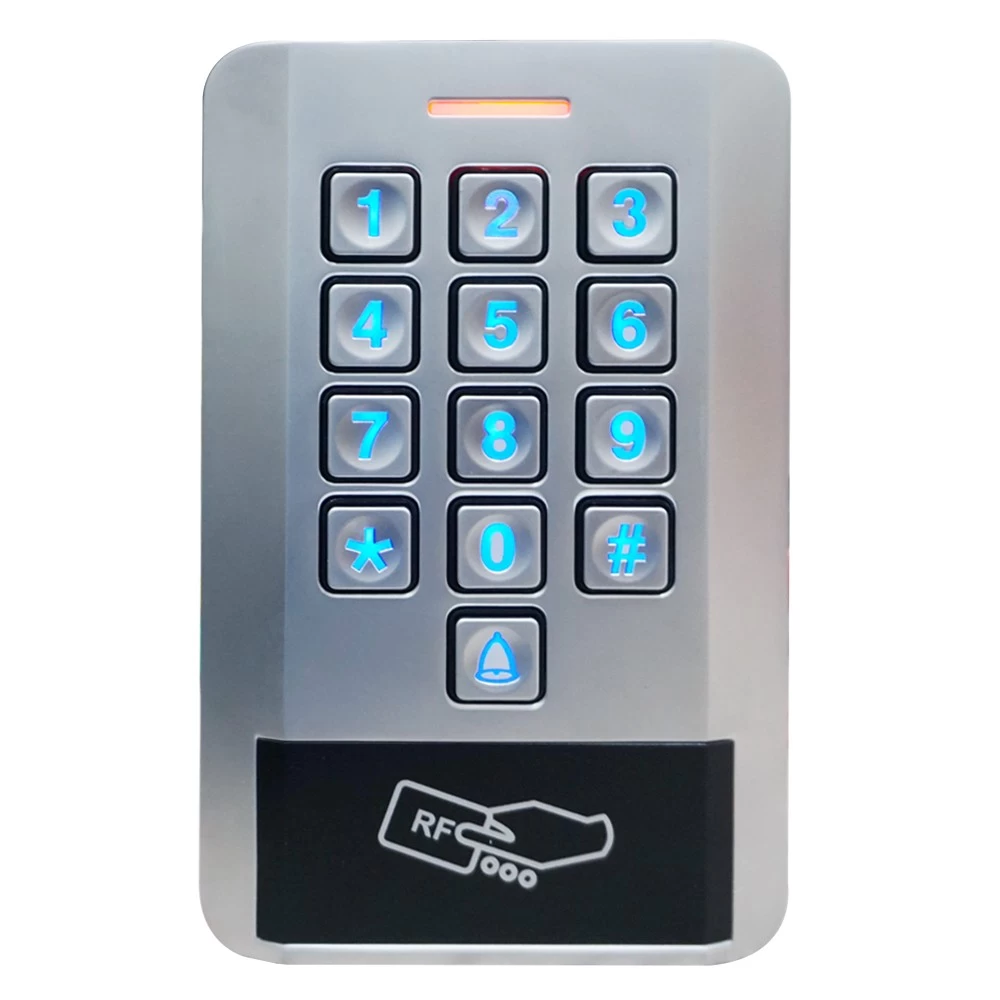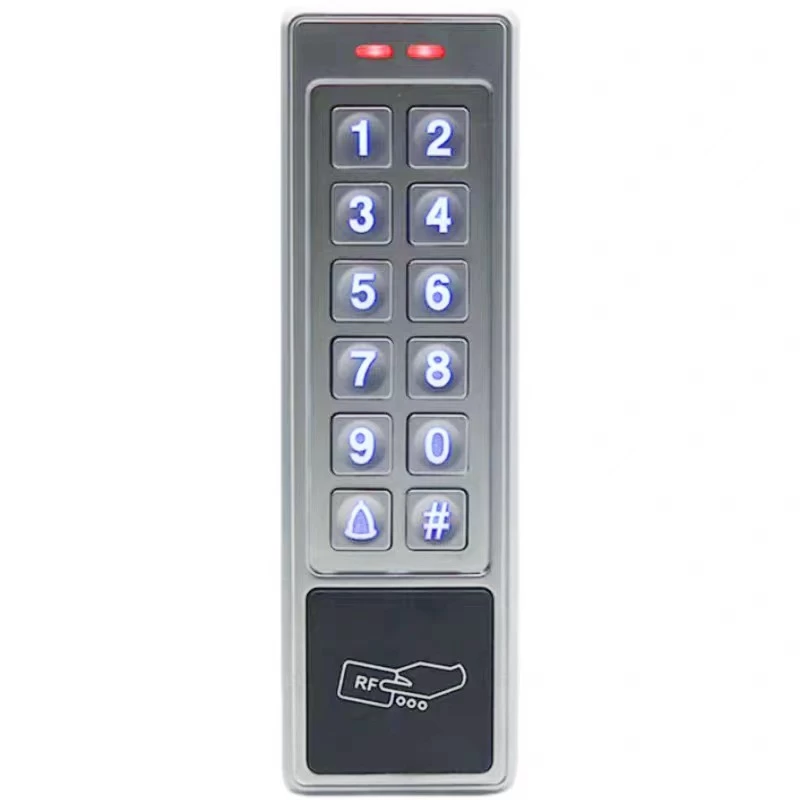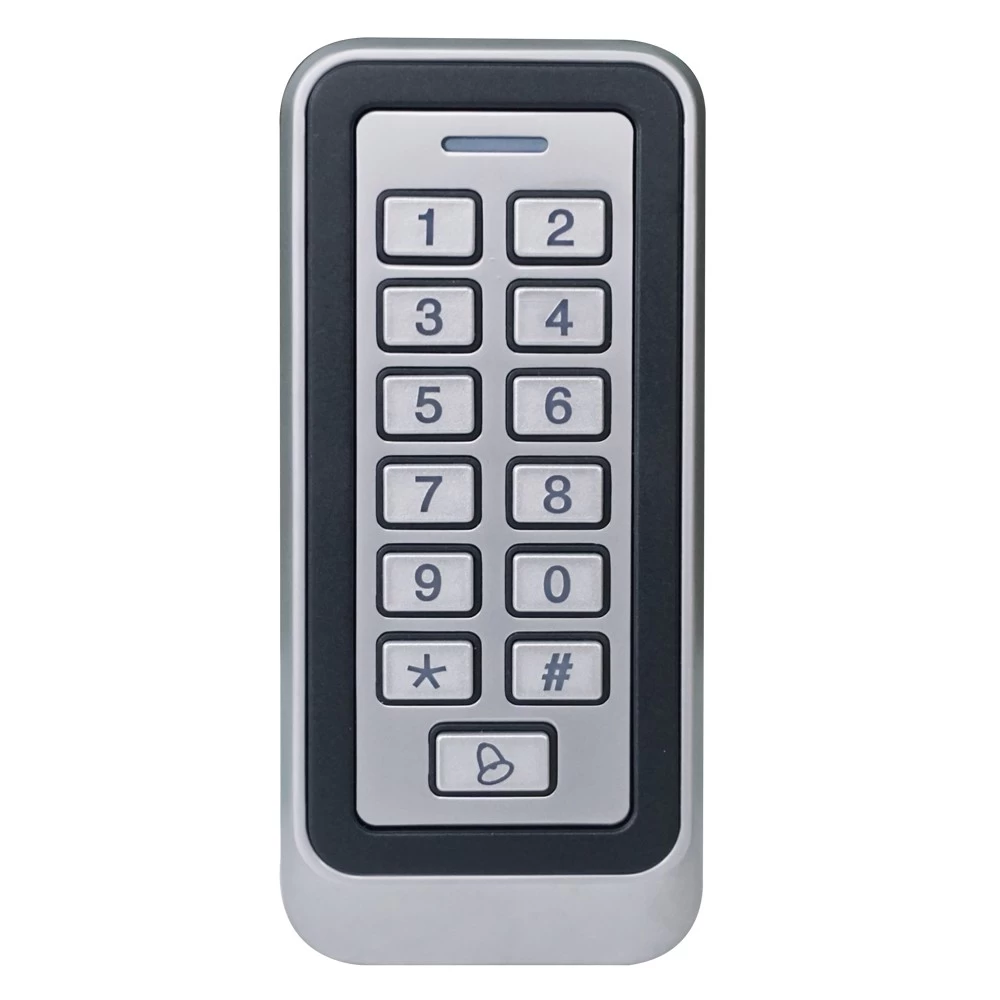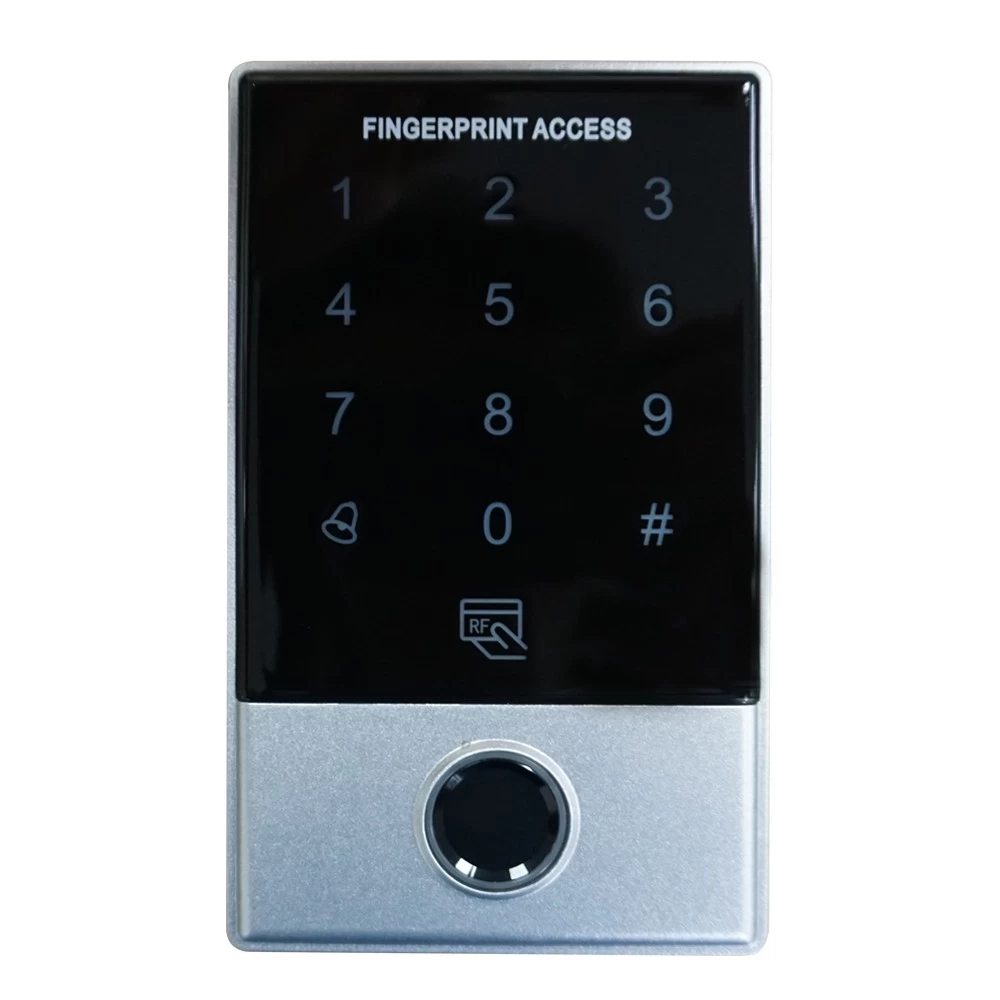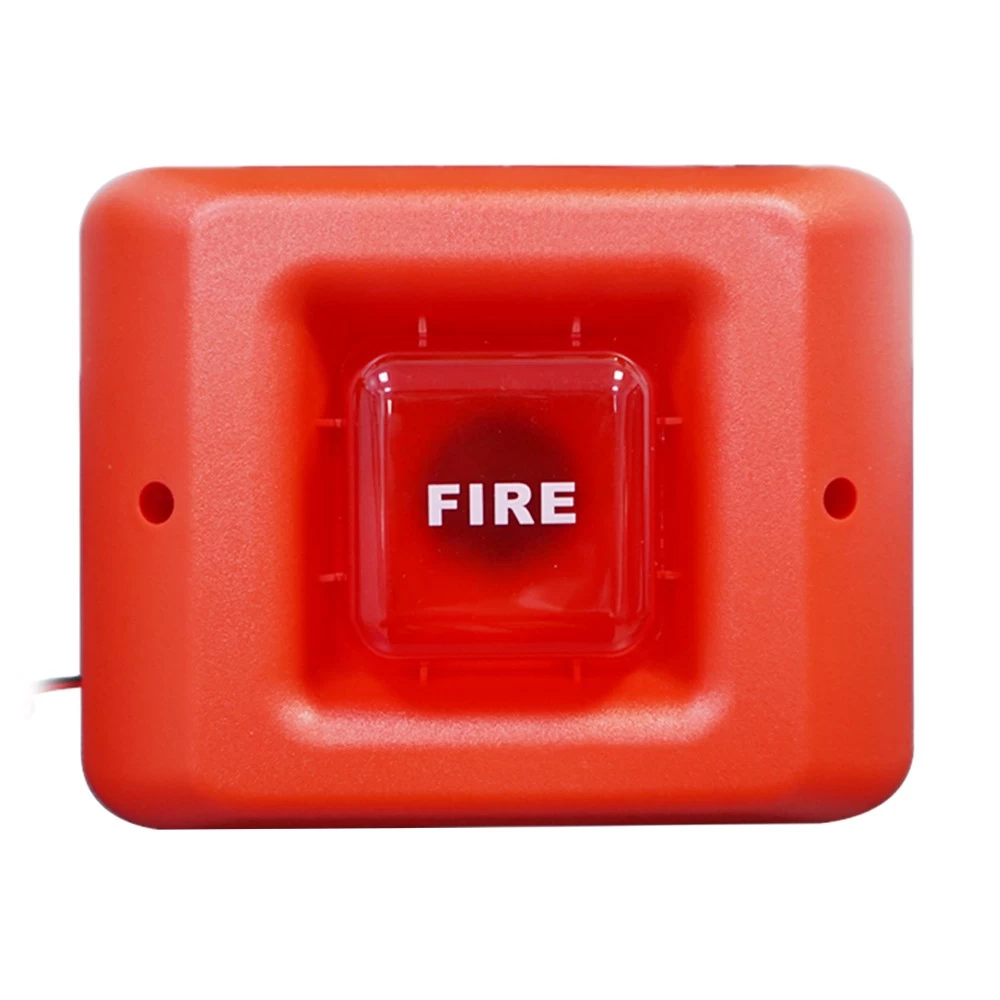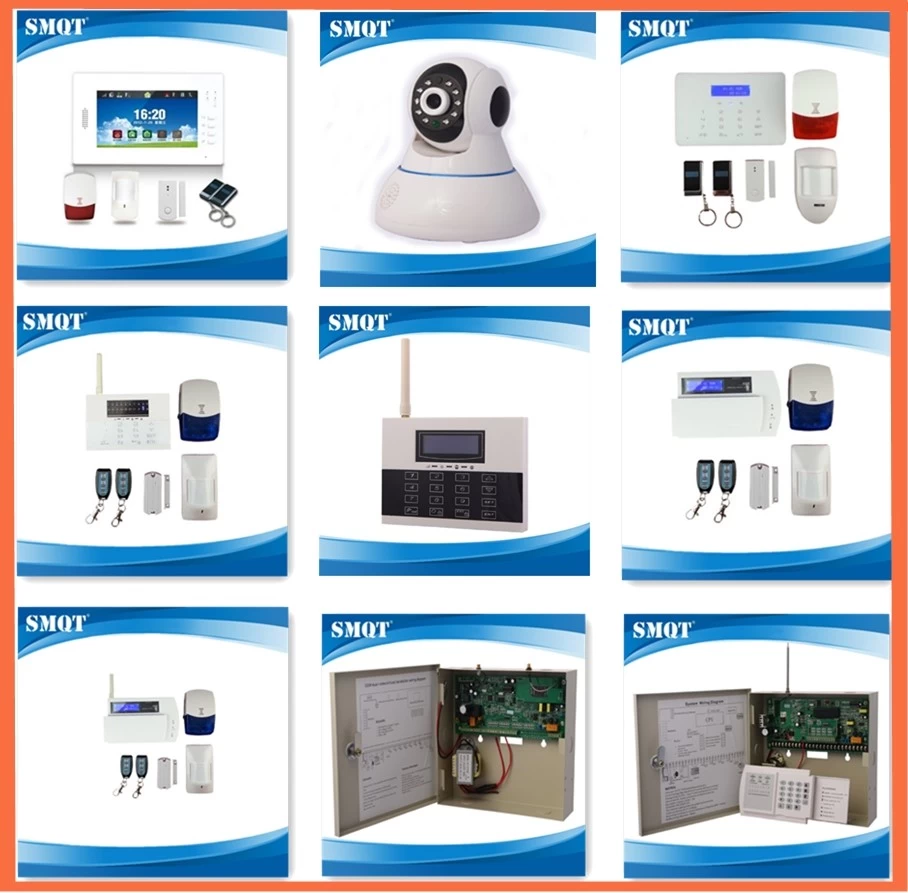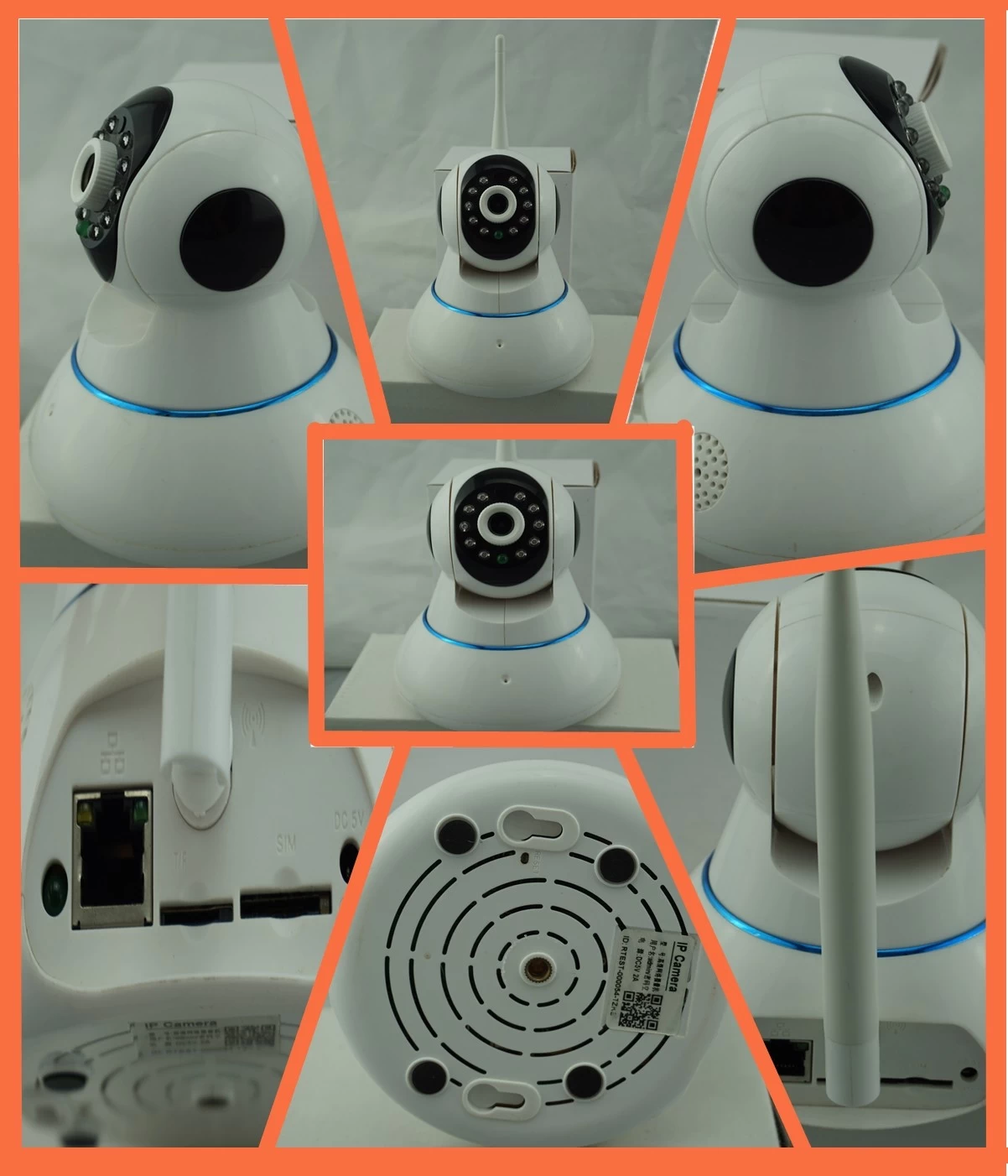Different points about IP cameras and industrial cameras
Snoppy Huang
CPS network
2016-07-05 17:10:58
Different points about IP cameras and industrial cameras
Abstract: The biggest difference to say that IP cameras and industrial cameras is still the "who" use. Traditional video surveillance cameras controlled by professional managers and management, industrial cameras are more focused on visual effects, manipulation of things by the book done by a machine. Different network cameras and industrial cameras is being served and service objects, the former is to monitor changes in the environment of uncertainty, which is used to monitor the fixed line, looking for change from the constant.
NO.1, surveillance cameras Contrast: manipulators big difference
Say the biggest difference between IP cameras and industrial cameras is still the "who" use. Traditional video surveillance cameras controlled by professional managers and management, industrial cameras are more focused on visual effects, manipulation of things by the book done by a machine. Different network cameras and industrial cameras is being served and service objects, the former is to monitor changes in the environment of uncertainty, which is used to monitor the fixed line, looking for change from the constant.
NO.2, image formats and resolutions
With image capture, the next step is to compare the image formats and resolutions. IP camera image data compressed according to different compression formats mjpeg, mpeg-4, h.264 can get different resolution images, the higher the compression level, the image is more clear, it is worth noting that not only reduces the efficiency of image compression storage space, but also reduces the amount of data transferred to the network burden caused.
Industrial cameras capture trigger has been adopted, because it generates an image of the original bitmap format for sending to the future image processing software, the images detailed analysis and comparison. Perhaps taking into account the storage space problem, before using the acquisition mode.
NO.3, sensor
Industrial cameras for image quality requires high? I believe you will have such doubts. For a class is not concerned about the cameras for industrial image acquisition devices are based on the trigger signal, to get a single or continuous image information. In other words, understanding is the trigger signal capture images.
NO.4, image acquisition
An ip camera can record video information from multiple fields, streams can be continuously recorded image information. From the architectural point of view, the use of ccd / cmos sensor as the image capture device, providing support to realize image processing and coding function soc chip, which is the method used by the mainstream ipc image acquisition.
NO.5, motion detection alarm: Software upgrades and trigger an alarm
Two kinds of surveillance cameras can be remotely upgraded. In dealing with alarms and systems management, with no small distinction. IP camera support motion detection alarm is triggered and the alarm information recorded. Industrial equipment is valued systems management line, vms platform for camera control and data storage systematic management.
NO.6, surveillance video capture card: Data Transfer
IPC rely on the network for data transmission, Ethernet and data compression complementary to borrow enough bandwidth to transmit the necessary information of the image data. In the Integration Server on the same network, allowing multiple users to access the image data. Compared industrial cameras for transmission, IP data transmission seems weak burst. Data transmission requirements of industrial uses Gigabit Ethernet can transfer using a USB connection between the camera and the point is formed directly connected, the equivalent of copying files from the USB from the computer speed.
The reason why there will be differences between the two is that two different cameras and video processing applications are different. So the functions of both, naturally, will have differences. ip cameras can be adapted to a wider range of applications, a light treatment of the players.
IP camera lens aperture automatically senses the change in weather and lighting conditions, the camera will adjust to the best shooting condition. Filter can reduce or eliminate the harmonic components of the electrical power system impact, so that the camera normally work smoothly. Wide dynamic monitoring technology can work in low light, near-infrared light is the highest sensitivity. High temperature properties.
Industrial cameras in dealing with the changing weather and light difficult, these cameras need to manually adjust the iris, mostly black and white colors, which only supports normal 0 ℃ ~ 50 ℃ working.
IP camera lens aperture automatically senses the change in weather and lighting conditions, the camera will adjust to the best shooting condition. Filter can reduce or eliminate the harmonic components of the electrical power system impact, so that the camera normally work smoothly. Wide dynamic monitoring technology can work in low light, near-infrared light is the highest sensitivity. High temperature properties.
Industrial cameras in dealing with the changing weather and light difficult, these cameras need to manually adjust the iris, mostly black and white colors, which only supports normal 0 ℃ ~ 50 ℃ working.
